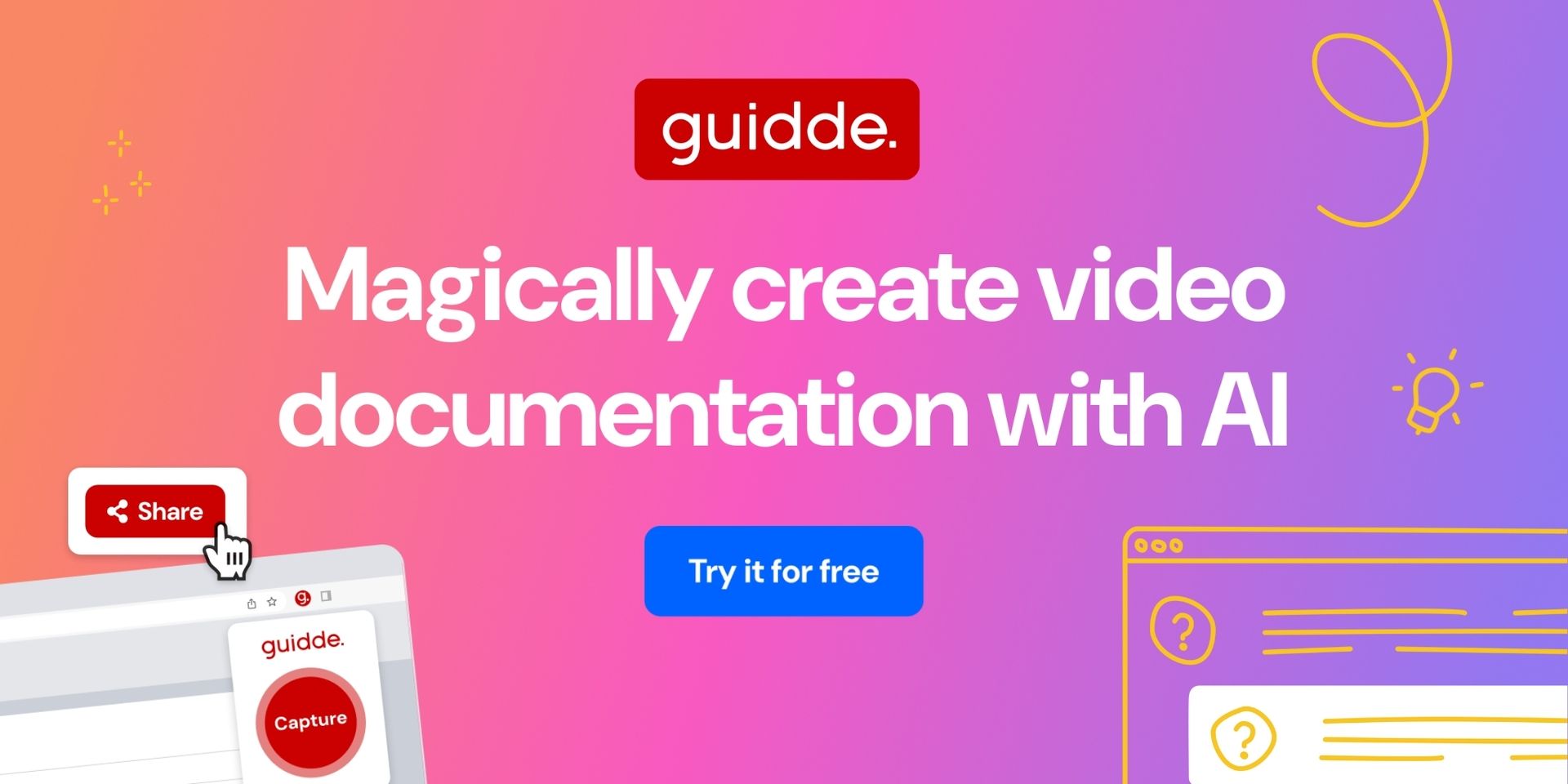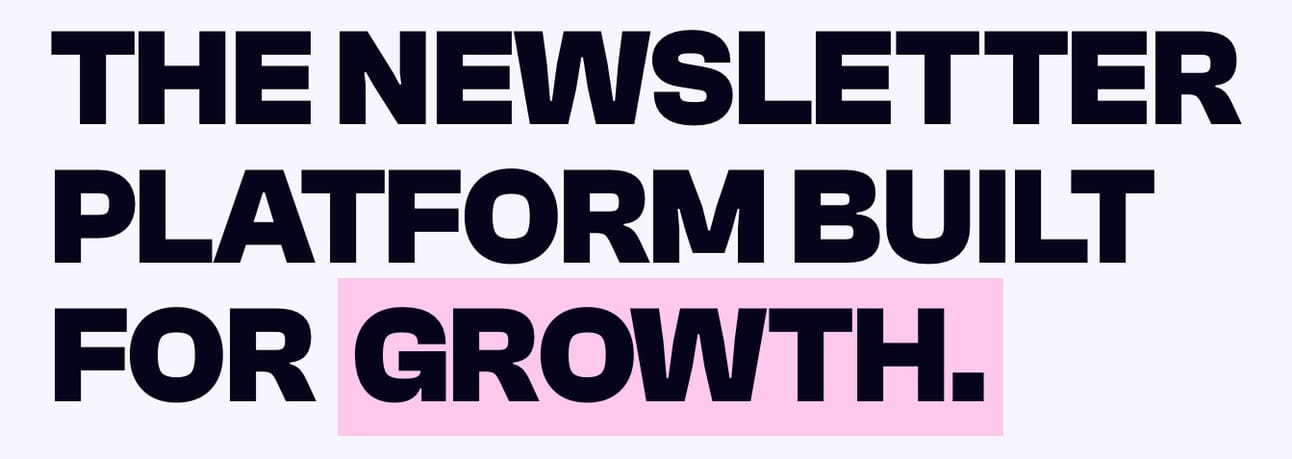Hey, Grow Newsie reader!
You're staring at your newsletter dashboard again, aren't you?
Open rates are up. Click rates look decent. Subscriber count is climbing. Yet something feels... off. Your newsletter isn't translating into the growth or revenue you expected.
Here's the truth: Most creators track the wrong newsletter metrics.
Today, I'm breaking down the only newsletter analytics that actually matter for growth and monetization—plus which ones you should stop obsessing over immediately.
The Vanity Metrics Trap
Let me be blunt: Open rate is the most overrated newsletter metric.
Why? Apple's Mail Privacy Protection (MPP) has rendered it nearly useless. According to recent industry data, MPP automatically loads tracking pixels even when users don't actually read your emails. This inflates open rates by 15-30% across the board.
Other vanity metrics stealing your attention:
Total subscriber count (without considering active vs. inactive)
Email deliverability above 95% (it's table stakes, not an achievement)
Multiple clicks from the same user (regular CTR counts duplicate clicks)
These numbers make you feel good but don't drive business outcomes. Let's talk about what does.
Sponsored by: GUIDDE
Simplify Training with AI-Generated Video Guides
Simplify Training with AI-Generated Video Guides
Are you tired of repeating the same instructions to your team? Guidde revolutionizes how you document and share processes with AI-powered how-to videos.
Here’s how:
1️⃣ Instant Creation: Turn complex tasks into stunning step-by-step video guides in seconds.
2️⃣ Fully Automated: Capture workflows with a browser extension that generates visuals, voiceovers, and call-to-actions.
3️⃣ Seamless Sharing: Share or embed guides anywhere effortlessly.
The best part? The browser extension is 100% free.
1. Click-to-Open Rate (CTOR): Your True Engagement Score
CTOR measures the percentage of people who clicked a link after opening your email. Industry averages hover around 8-9%, but top-performing newsletters achieve 15-20%+.
Why it matters: Unlike open rate (compromised by MPP), CTOR shows genuine content engagement. If someone opens your email AND clicks, your content resonated.
How to improve it:
Write curiosity-driven subject lines that set clear expectations
Place your primary CTA above the fold
Use only 1-2 CTAs per email (multi-CTA emails see 371% fewer clicks)
Personalize CTAs based on subscriber behavior
Track this in: Most email platforms (Mailchimp, ConvertKit, Beehiiv) show CTOR in analytics dashboards.
2. Active Subscriber Rate: Your Real Audience Size
What percentage of your list has opened or clicked an email in the last 90 days?
If you have 10,000 subscribers but only 2,000 are active, your real audience is 20%—not 10K.
Why it matters: Inactive subscribers drag down deliverability, inflate costs, and mask your true engagement. Plus, email providers (Gmail, Yahoo) penalize senders with low engagement rates.
The fix:
Set up a re-engagement campaign for 90+ day inactives
Remove subscribers who don't engage after the re-engagement attempt
Focus growth efforts on attracting engaged subscribers, not just volume
Pro tip: A 5,000-person engaged list outperforms a 50,000-person inactive list every time.
3. Conversion Rate: The Revenue Reality Check
How many subscribers take your desired action—whether that's purchasing, signing up for a paid tier, or booking a call?
Why it matters: This directly ties your newsletter to revenue. Without tracking conversions, you're flying blind on monetization.
How to track it:
Use UTM parameters on all newsletter links
Set up conversion tracking in Google Analytics 4
Tag revenue-generating actions as "Key Events" in GA4
Calculate: (Conversions from newsletter / Total emails delivered) × 100
Real talk: If your newsletter doesn't drive conversions, you don't have a business—you have a hobby.
4. Revenue Per Subscriber (RPS): Your Monetization Scorecard
Divide your newsletter-attributed revenue by your total subscriber count.
Example: $10,000 monthly revenue ÷ 5,000 subscribers = $2 RPS
Why it matters: RPS reveals your newsletter's true economic value. It answers: "How much is each subscriber worth to my business?"
Benchmarks by monetization model:
Ad-supported newsletters: $0.50-$3 RPS
Affiliate-focused: $1-$5 RPS
Product/service sales: $5-$20+ RPS
Paid subscriptions: $10-$100+ RPS
Growth strategy: Increasing RPS by just $1 with a 10K list = $10K more annual revenue.
5. Unsubscribe Rate (The Honest Feedback Loop)
Track the percentage of recipients who unsubscribe from each campaign.
Healthy range: 0.1-0.5%
Warning zone: Above 1%
Crisis level: Above 2%
Why it matters: High unsubscribe rates signal misaligned content, poor frequency, or audience mismatch. It's your readers voting with their feet.
Common causes:
Sending too frequently (or inconsistently)
Content doesn't match subscriber expectations
Too sales-y without providing value
Targeting the wrong audience in growth campaigns
The counterintuitive truth: A small spike in unsubscribes after raising prices or going more niche is healthy—you're filtering for your ideal audience.
Once you've mastered the core five, level up with these:
6. Subscriber Lifetime Value (LTV)
How much revenue does the average subscriber generate over their entire lifecycle? This helps you determine customer acquisition cost limits.
7. Email Forward/Share Rate
The percentage of readers who forward your newsletter or share it socially. Aim for 1-3%. This is your organic growth engine.
8. Reply Rate
How many subscribers hit "reply" to your emails? High reply rates (even 0.5-1%) indicate deep engagement and relationship building.
9. Average Time on Linked Pages
When subscribers click through, how long do they stay? Use Google Analytics to track this—it reveals content quality beyond the email.
10. Cohort Retention
What percentage of subscribers from January are still active in June? This reveals if you're building a lasting audience or churning through readers.
Your Action Plan: Setting Up Proper Newsletter Analytics
This week:
Audit your current tracking
Install Google Analytics 4 if you haven't already
Set up UTM parameters for all newsletter links (format:
utm_source=newsletter&utm_medium=email&utm_campaign=edition_name)Create a tracking spreadsheet with your 5 core metrics
Establish your baselines
Calculate current CTOR, active subscriber rate, and conversion rate
Set realistic 30-day improvement goals (10-20% increase is achievable)
Choose ONE metric to improve
Don't try to optimize everything at once
Pick the metric with the biggest potential revenue impact
Run one focused experiment per week
This month:
A/B test subject lines (aim for 0.5-1% CTOR improvement)
Segment your list by engagement level
Create a re-engagement campaign for inactive subscribers
Set up conversion tracking for all monetization pathways
This quarter:
Build a dashboard combining email platform + GA4 data
Calculate your first Revenue Per Subscriber figure
Establish a regular cadence for metric review (weekly/monthly)
Use cohort analysis to understand subscriber retention patterns
The Bottom Line
Stop chasing open rates and total subscriber counts. Start obsessing over:
✅ Click-to-Open Rate (CTOR)
✅ Active Subscriber Rate
✅ Conversion Rate
✅ Revenue Per Subscriber
✅ Unsubscribe Rate
These five metrics tell you everything you need to know about newsletter health, engagement, and monetization potential.
The creators who win in 2025 aren't the ones with the biggest lists—they're the ones who understand their numbers and optimize ruthlessly based on data.
Keep growing!
With love,
Nikhil
How was today's edition?
If you’ve ever thought about starting your own newsletter (or switching to a better platform), I’ve partnered with the beehiiv team to set you up with:
✅ 20% off your first 3 months
✅ A free 30-day trial, no credit card needed


